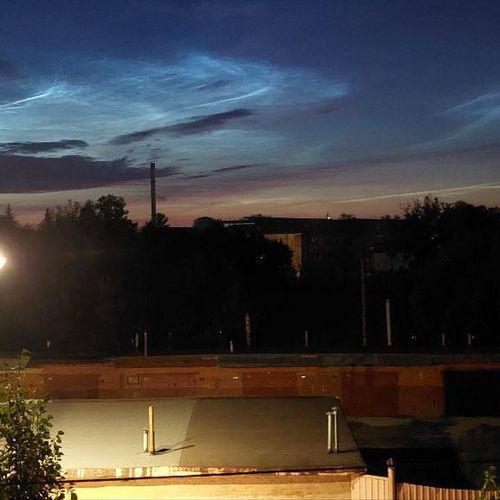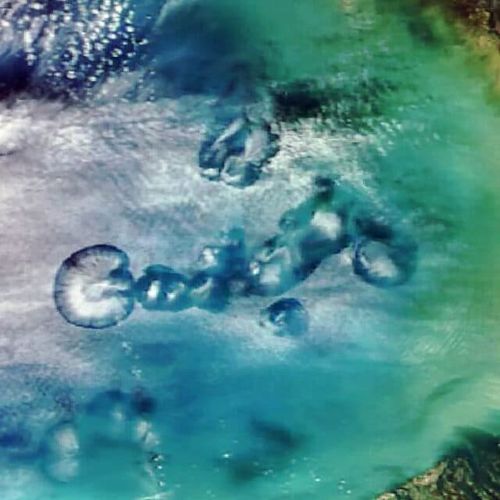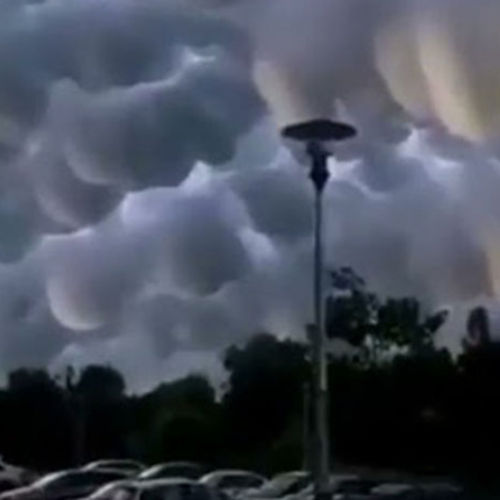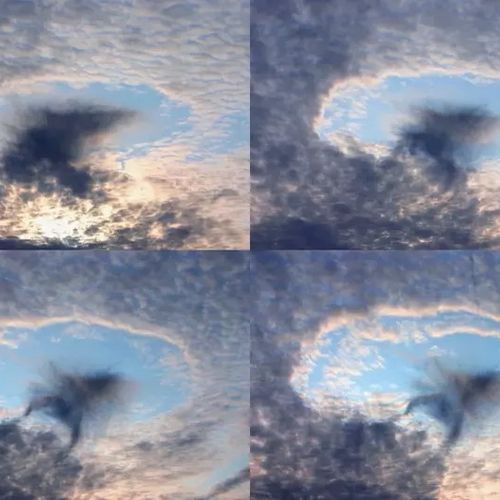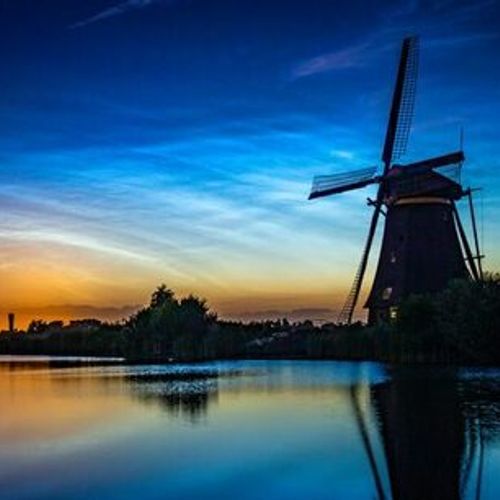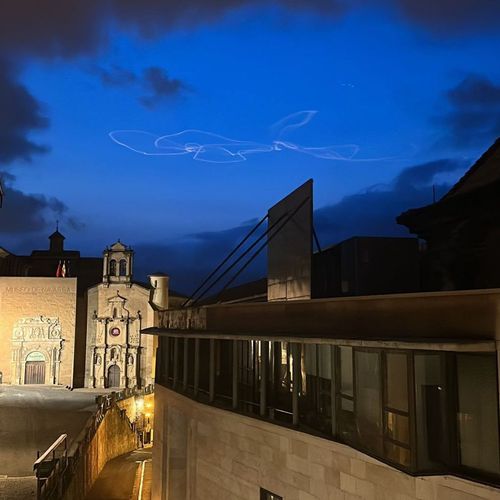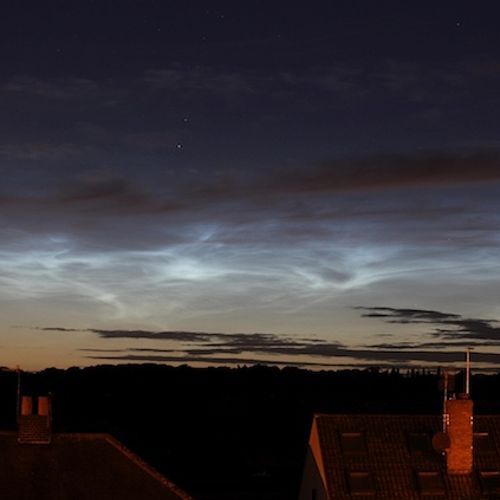
| Added | Sat, 17/06/2017 |
| Источники | |
| Дата публикации | Fri, 16/06/2017
|
| Версии |
At the end of may 2017 observers in Europe began to notice how at sunset above the Western horizon squirm glowing blue hair, signifying the beginning of the summer season of noctilucent clouds. Typically, these fabulous clouds are increasing their presence within a few weeks after their first appearance. But this year something strange happened: instead of more often, they disappeared.
Where did they go? The researchers realized this only now: in the polar mesosphere — region in the upper atmosphere where noctilucent clouds are formed, was fixed "heat wave", and a relatively warm temperature scattered clouds.
Lynn Harvey from the laboratory of physics of atmosphere and space of Colorado state University made this discovery using the temperature data obtained with the microwave radiometer (Microwave Limb Sounder) onboard the NASA satellite Aura.
"In early may, the summer mesosphere, as usual, cooled, approaching the temperature required for the formation of noctilucent clouds, she says. — But immediately after 21 may, the temperature in the polar region ceased to fall and for the next week rose a couple of degrees. As a result, the summer temperature of the mesopause in 2017 became the highest for last decade."
High temperature is a sentence for noctilucent clouds. Ice clouds form 83 km above the Ground when the temperature drops below -128 °C, which allows a rare water molecules to come together and crystallize the particles of meteoric smoke. Warming a couple of degrees is enough to destroy the fragile clouds.
"We don't know why the mesosphere is warmed, says Cora Randall, Professor and head of the Department of space Sciences and of Oceanography of the University of Colorado. Probably it is a complex process associated with the propagation of atmospheric gravity waves that affect the flow of air and heat in the upper atmosphere".
Meanwhile, a wave of heat, probably is nearing its end.
"Last week the Northern polar mesopause has again started to cool off," reports Harvey. The result is a natural appearance of noctilucent clouds.
While scientists cannot say with certainty how the situation will develop further. However, researchers working with the spacecraft NASA AIM, the study of noctilucent clouds from Earth's orbit, consider that the activity of the appearance of clouds may increase during the second half of June.
Translated by «Yandex.Translator»
June 15 Dr. sandy Robertson photographed silvery curls in Hertfordshire (Velikobritaniya).
© SandyR | Spaceweather.com
Translated by «Yandex.Translator»
Новости со схожими версиями
Log in or register to post comments

